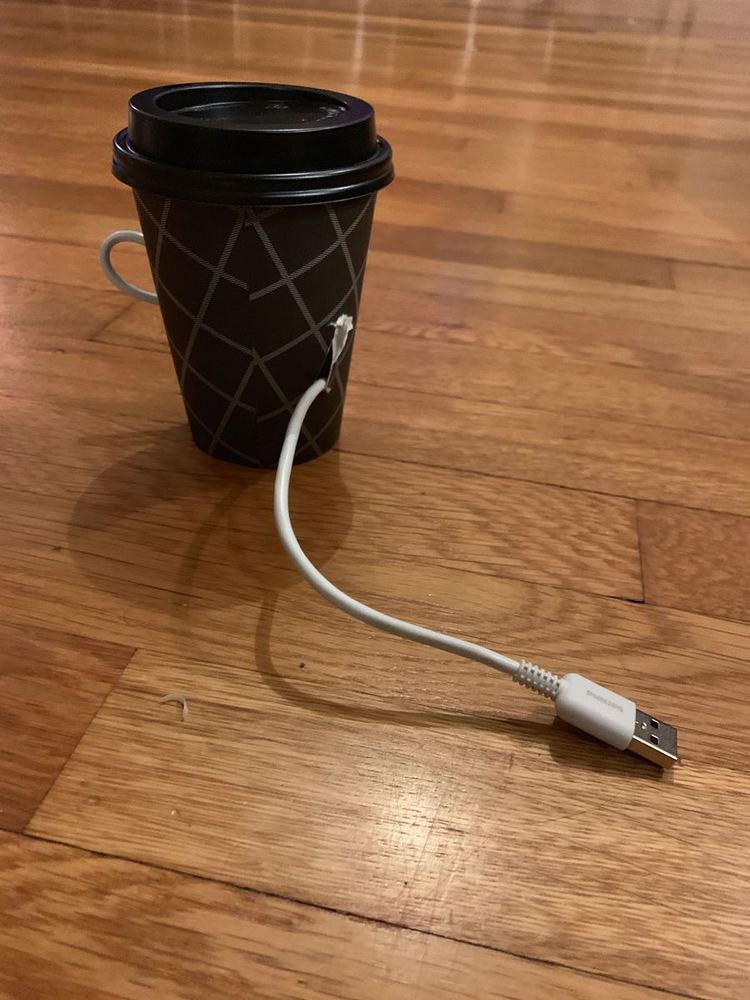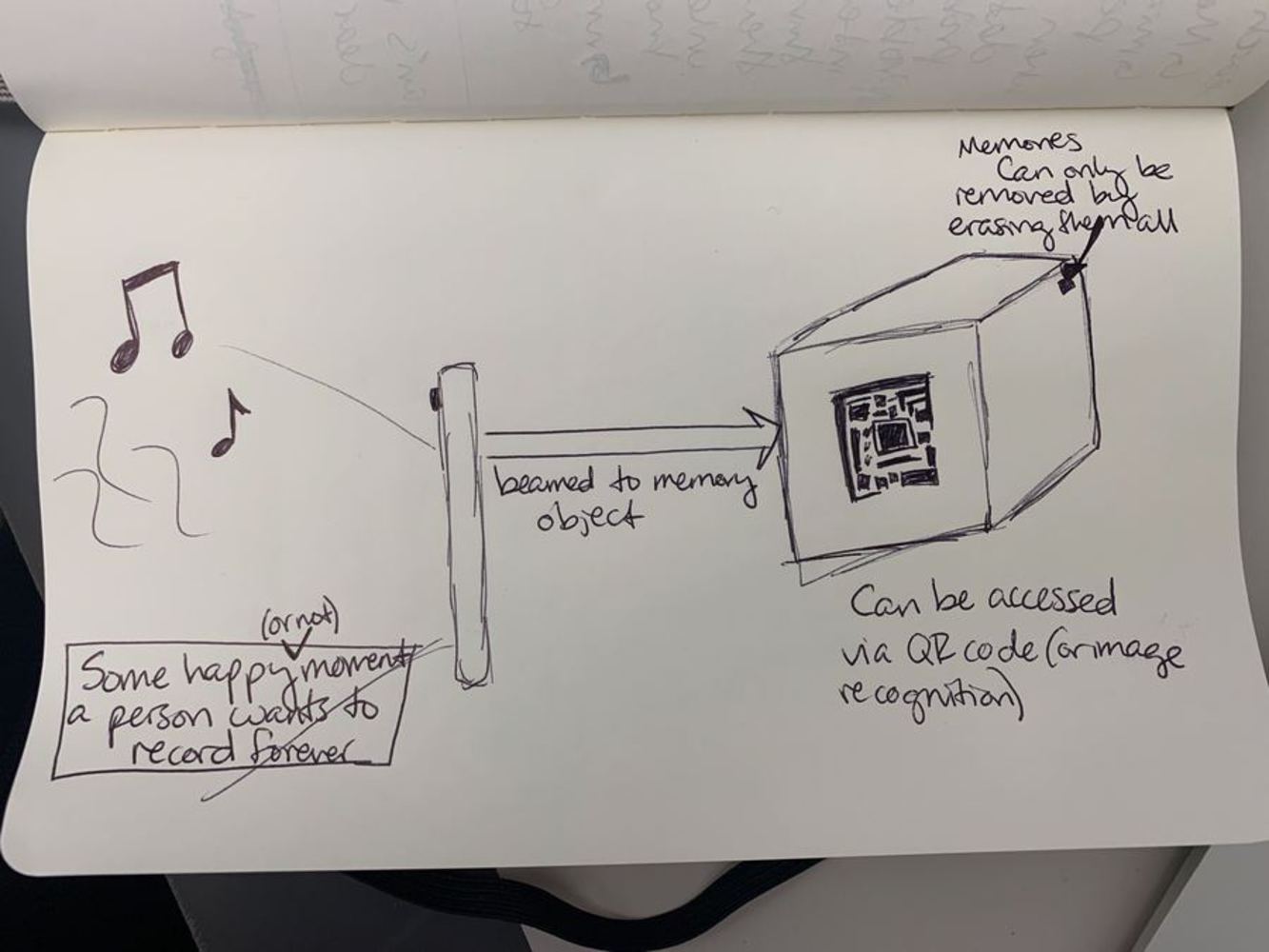Intention
When I was 10 or 11, I decided to reread journals I'd written a few years earlier. Predictably, I found myself embarrassed by what my younger self had written, reacting by tearing out all of the pages and ripping them up, essentially erasing any recorded 'memories' that weren't also imprinted to my consciousness (not many). I'd like to say this was merely a consequence of youthful impetuousness, but I've deliberately and permanently deleted a number of memory-references (journal entries, pictures, videos) throughout my life. Sometimes this happens after a defining moment, like a breakup, and sometimes I was just embarrassed by a younger version of myself. I can't say I regret the lost memories themselves (as, without a reference point they have faded far faster into obscurity), but this urge to destroy memories and curate an already curated past is fascinating.
I want to create an object (the Stone) that pushes people to engage with their prior decisions about precious and meaningful memories. The idea is to create a kind of “imprint” holder, an object that can store a digital collection of somebody’s impactful experiences—songs, pictures, videos, etc. that point to a specific moment or era. Once a memory is shared to or added to the Stone, it's permanently there, encased by a protective barrier of concrete. The memories on the Stone can be viewed anytime by plugging in the tail USB, but they can never be altered or deleted. In fact, the only way to "delete" or edit a memory is to literally cut the cord permitting access to the memories inside. Adding a layer of complication, the memories, housed on a flash drive embedded in the concrete object, don't cease to exist--they merely cease to be accessible.
There is no post-experience curation or pruning of selected memories to create alternative, sanitized or idealized versions of the past. There is instead a complete record of everything the Stone's owner, at least at one point, deemed significant enough to record. If a user really wants to remove a memory, they have to give up all of their memories. I'm trying to force Stone owners into choosing, or at least considering, what's more important to them—remembering or forgetting?


